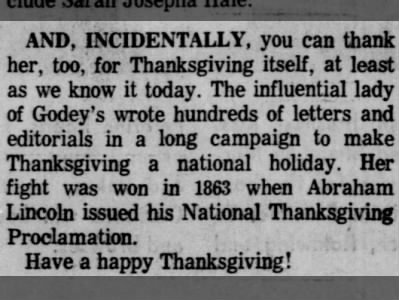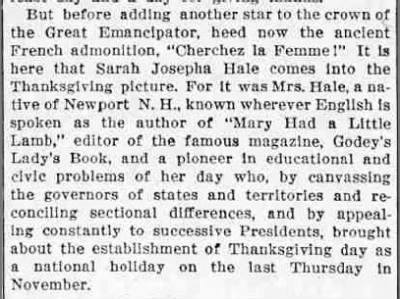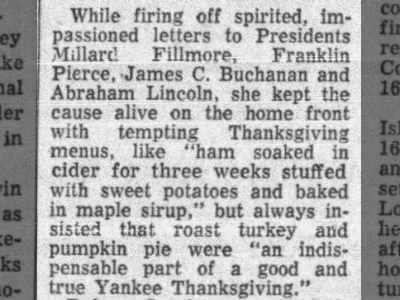Vote for America. pic.twitter.com/QDV44f2OKQ
— The Lincoln Project (@ProjectLincoln) November 2, 2020
Author: Kimberly Davenport
10 pieces of advice for couples who have postponed their weddings to 2021
When Tavi Kaunitz and Tom Lerner had to postpone their May wedding due to the coronavirus pandemic, it was stressful and upsetting for the couple, who had spent nearly a year planning their dream ceremony.
“We’d already been in the throes of planning, and you just get excited for it,” Lerner told “Good Morning America.” “That time was really tough and stressful.”

Kaunitz and Lerner, from California, are one of many couples from all across the country who were planning on getting married in 2020, but instead quickly had to pivot, decide on a new date and rethink what their celebrations would look like.
“There was a lot of disappointment and a lot of fear about what their new wedding was going to look like,” said wedding planner Victoria Holland, founder and CEO of Victoria Ann Events in Los Angeles, who worked with Kaunitz and Lerner. “For my weddings that were in May, I told them they needed to make a decision sooner than later because we needed to come up with a plan B. I think the best thing was [for us] that we were at the first line of defense right away.”
Read Full Article – Click Here
Create A Moonlit Garden
What is here this week 7/14/2020!
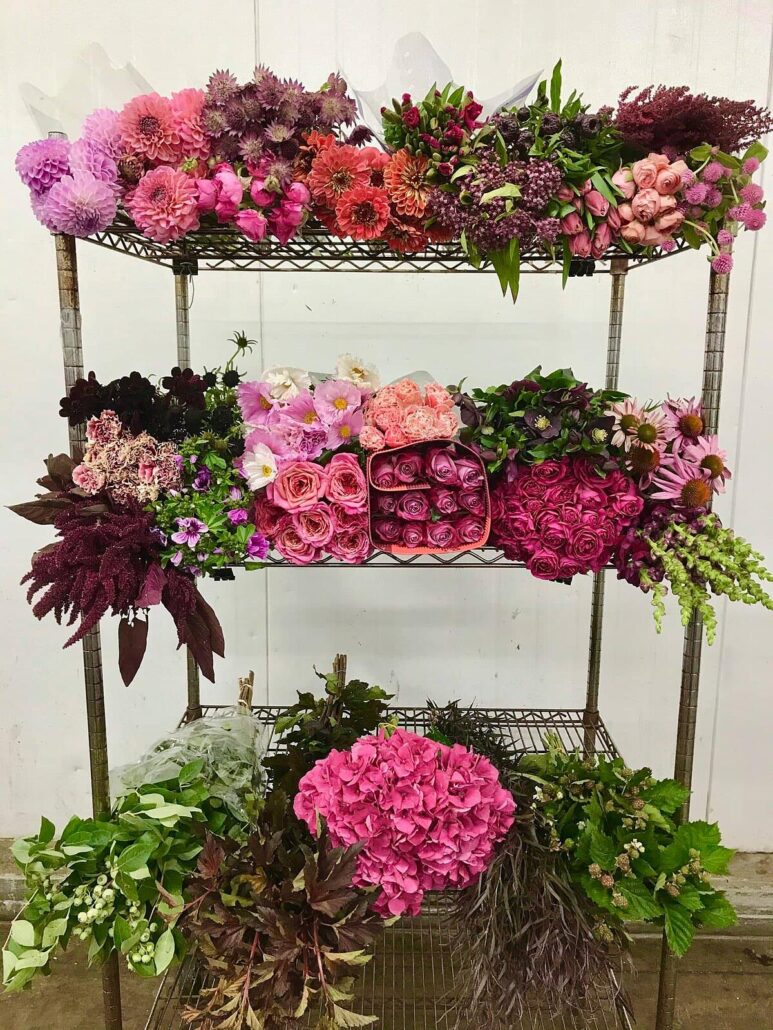
When Is Easter 2020? Here’s Why Its Date Changes Every Year
Everything you need to know about Easter Sunday
- Easter Sunday changes dates year-to-year. This year, Easter is on Sunday, April 12, 2020.
- The holiday coincides with the vernal equinox, which welcomes spring in the northern hemisphere.
- All of the celebrations leading up to Easter also change dates.
Springtime is the signal for many things: warmer weather, fresh flowers, and for those who celebrate, Easter Sunday. Unlike Christmas, which, as most of us know, falls on December 25 every single year, Easter, and the celebrations leading up to it, change dates. Lifelong and brand new celebrators alike might wonder, “How the Easter date is determined?” Which is why we’ve answered your burning questions about why Easter changes dates.
Of course, to know when Easter is this year, you can figure it out by taking a step back and figuring out Ash Wednesday’s date. The main event occurs six and a half weeks after Ash Wednesday, encompassing the 40 days of Lent. But to discover what causes all these dates to fluctuate year after year instead of staying in one place like many other annual holidays including Christmas, Valentine’s Day, and St. Patrick’s Day, you might want to look to the sky for your answer. We’ve investigated the reasons behind the ever-changing date, which includes the phases of the moon, the vernal equinox, and the Gregorian calendar. You might not have realized just how much goes into how Easter Sunday is determined each year!
How is the Easter date determined every year?
First off, it’s important to know that though the exact date of Easter changes each year, there’s a definite period in which the day occurs, and that’s March 22 through April 25 (in the Gregorian calendar, not the Julian calendar). Easter always occurs on the first Sunday after the Paschal Full Moon, according to The Old Farmer’s Almanac. So, what’s the Paschal Full Moon? It is the first full Moon that occurs after the vernal equinox, which signifies the beginning of spring in the northern hemisphere.
Now, this is where things get a little tricky. The church has decided to always—and forever—recognize the spring equinox on March 21. Technically speaking, however, the equinox could actually fall on Thursday, March 19—like it does this year. But if you’re acknowledging the equinox on March 21 like the church, the first full moon after that date isn’t until April 8. The following Sunday—April 12—is Easter this year.
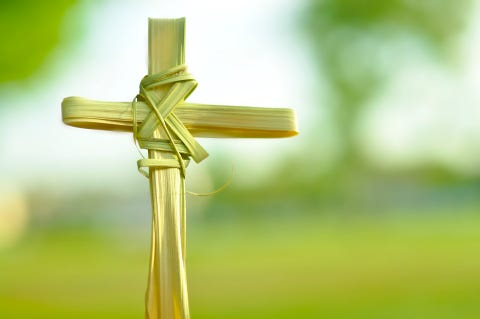
How Christmas Trees Became a Holiday Tradition

A man walks past the Christmas tree in Rockefeller Center before sunrise on Dec. 5, 2019, in New York City. Gary
The Christmas tree that was lit up at New York City’s Rockefeller Center on Wednesday night — a 77-foot, 12-ton Norway Spruce — and the one lit up at the White House on Thursday night may be unusually large, but in other respects they will be merely two in countless trees bought this month. Many people who celebrate Christmas have already decorated their own evergreens to enjoy for the month of December.
Here’s a look at the history of the tradition of Christmas trees — both real and artificial — and how they became a holiday tradition.
The Origins of Christmas Trees
Records of using greenery to celebrate the holidays predate widespread use of the phrase “Christmas tree.” Rural English church records from the 15th and 16th centuries indicate that holly and ivy were bought in the winter — hence the British carol “The Holly and the Ivy.” Private houses and streets were also decorated with greenery at this time, according to Judith Flanders’ Christmas: A Biography. Flanders posits that a precursor to the Christmas tree can be seen in the pole that parishes would decorate with holly and ivy, like a winter Maypole; one account describes a storm in London that knocked over a poll that’s described as “for disport of Christmas to the people.”
A lot of myths surround the origins of Christmas trees. One legend says that Martin Luther, who catalyzed the Protestant Reformation, believed that pine trees represented the goodness of God. Another myth popular in the 15th century tells the story of St. Boniface, who in the 8th century thwarted a pagan human sacrifice under an oak tree by cutting down that tree; a fir tree grew in its place, with its branches representing Christ’s eternal truth. Some versions of this St. Boniface legend say he cut down the new fir tree and hung it upside down, which is believed to have led to the tradition of trees being hung upside down to represent the Holy Trinity — sometimes with an apple wedged at the point instead of a star. All of these stories may have helped the Christmas tradition spread.
But the real origins of Christmas trees appear to be rooted in present-day Germany during the Middle Ages.
In 1419, a guild in Freiburg put up a tree decorated with apples, flour-paste wafers, tinsel and gingerbread. In “Paradise Plays” that were performed to celebrate the feast day of Adam and Eve, which fell on Christmas Eve, a tree of knowledge was represented by an evergreen fir with apples tied to its branches. Flanders finds documentation of trees decorated with wool thread, straw, apples, nuts and pretzels.
The oldest Christmas tree market is thought to have been located just over the southwestern German border in Strasbourg in Alsace (which was back then part of the Rhineland, now in present-day France), where unadorned Christmas trees were sold during the 17th century as Weihnachtsbaum, German for Christmas tree. Flanders says the “first decorated indoor tree” was recorded in 1605, in Strasbourg, decorated with roses, apples, wafers and other sweets, according to her research.
Demand for Christmas trees was so high in the 15th century that laws were passed in Strasbourg cracking down on people cutting pine branches. Ordinances throughout the region of Alsace limited each household to one tree in the 1530s.
How Christmas trees got popular in U.S.
References to Christmas trees in private homes or establishments in North America date back to the late 18th century and early 19th century. Flanders mentions a reference to a pine tree in North Carolina in 1786. In 1805, a school for American Indians run by Moravian missionaries sent students “to fetch a small green tree for Christmas.” Similar examples pop up in the first half of the 19th century in the Midwest and further West, such as the German immigrants in Texas who decorated trees with moss, cotton, pecans, red pepper swags and popcorn.
But the image of a decorated Christmas tree with presents
underneath has a very specific origin: an engraving of Queen Victoria and Prince Albert and their children gathering around a Christmas tree, eyeing the presents underneath, published in the Illustrated London News in 1848. The premier women’s magazine in America back then, Godey’s Lady’s Book, reprinted a version of the image a couple of years later as “The Christmas Tree.”
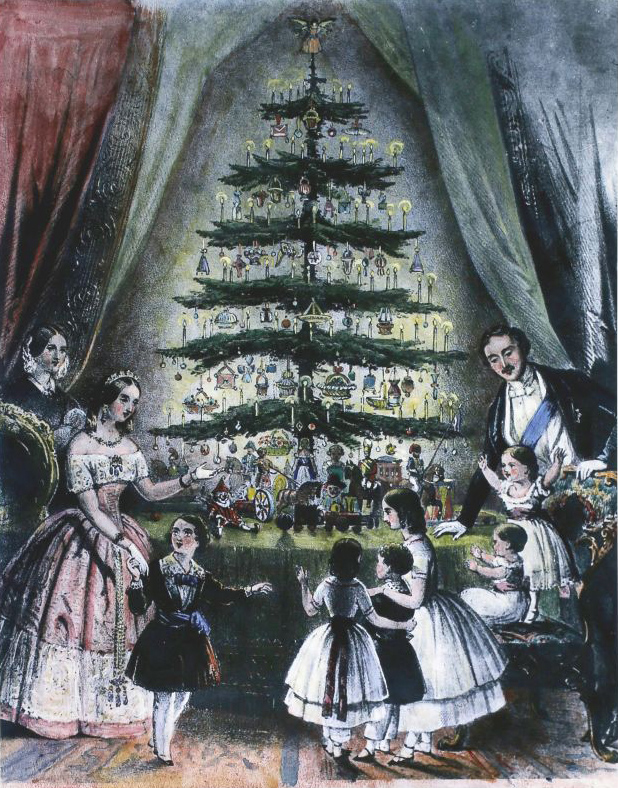
Illustrations of Queen Victoria and Prince Albert and their children gathered around their Christmas tree helped popularize this tradition in the U.S. Getty Images
“This single image cemented the Christmas tree in the popular consciousness, so much so that by 1861, the year of Albert’s death, it was firmly believed that this German prince had transplanted the custom to England with him when he married,” writes Flanders.
The tradition of gigantic Christmas trees in public spaces seems to be an American one that dates back to the late 19th century. The electricity lobby pushed for the first “National Christmas Tree” at the White House as a publicity stunt for the glories of electricity: a nearly 60-ft.-tall balsam fir tree covered in 2,500 light bulbs. A 20-ft.-tall Christmas tree at Rockefeller Center first went up in 1931 when the building was still under construction; by putting so many people unemployed during the Great Depression back to work, the tree became a symbol of hope.
The changing Christmas tree
In December 1964, TIME magazine heralded a new Christmas trend: fake trees.
The Polyvinyl versions looked more realistic than ever before, and they made up about 35% of the $155 million Christmas tree business in the U.S., according to an article headlined “And a Profit In A Polyvinyl Tree.”
Fifty years later, artificial trees still dominate the Christmas tree industry. Of the roughly 95 million American households with Christmas trees in 2018, 82% of the trees were artificial and 18% were real, according to a Nielsen survey. The reasons for this ratio are many. Climate change has made trees more difficult to grow. Farmers planted fewer trees during the Great Recession, and in general, trees take 7 to 10 years to grow. And there are even shortages of the farmers who grow them, as they age out of the business. Artificial trees are also hailed as having a lower environmental impact than buying trees, when the transporting them to retail outlets is factored in.HEALTH
But the National Christmas Tree Association is appealing to those same environmentally conscious consumers by arguing that real trees support local economies — they are grown in the U.S. and in Canada, while many plastic trees are manufactured in China — and that real trees are renewable resources and recyclable, while the artificial kinds could contain some non-biodegradable parts.
Five decades ago, a professor in Montreal who was hard at work trying to develop a longer-lasting real tree explained to TIME the larger philosophical argument for preserving the tradition of real Christmas trees: “We live in an artificial environment. The Christmas tree is one of the few things left that is natural.”
Mother of Modern Thanksgiving
Planning to fill up on turkey, mashed potatoes and—of course!—the all-important pumpkin pie tonight? Be sure to save one of your Thanksgiving “thank yous” for Sarah Josepha Hale. Hers isn’t a familiar name, but perhaps it ought to be—it’s because of her that Thanksgiving is now a regularly celebrated holiday, and a scrumptious one to boot.
Making Thanksgiving a consistently celebrated holiday was just one of her many accomplishments. With her influential standing as editor of the quintessential magazine guide Godey’s Ladies Book, she was able to make a lot of positive change, both in her community and across the nation. And all the while she wrote dozens of books and poems, including the classic, “Mary Had a Little Lamb.”
Lincoln is often credited (rightly) for issuing the proclamation that officially made Thanksgiving an annual federal holiday, but it was Sarah Hale’s relentless, decades-long campaign full of letters and appeals that pushed the idea from thought into reality.
Hale also published recipes, spreading the Thanksgiving spirit through one of the most compelling of subjects: food. It is because of her recipes that traditional Thanksgiving dishes like turkey, potatoes, and pumpkin pie are holiday staples today.
Happy Thanksgiving!
How To Fix A Broken Butterfly Wing
Edible Weeds

I nstead of trying to get rid of t hose lawn and garden weeds, harvest them for free homegrown meals.
All too often, homeowners and gardeners wage war in their lawns and gardens against the plants that grow incredibly well there, but that aren’t intentionally planted. And many times, the justification for these battles all comes down to the words we use to describe them.
When we buy and plant packets of common flower, vegetable, or herb seeds, we spend a lot of time, energy, and water in our efforts to get those seeds to germinate and grow, and take pride in our green thumb and homegrown food supply.But when a plant that we identify as being a weed is found growing in our lawn or garden, out comes the trowel and hoe (or for the ruthless and impatient gardeners, weedkillers such as RoundUp), and we may spend the entire growing season keeping these opportunistic and resilient plants at bay, in order to have neat and tidy garden beds and uniform lawns. And it’s too bad, really, as many of the common garden weeds are not only edible and nutritious, but can be a great homegrown (and free) addition to our meals.
Part of the resistance to eating plants that we believe to be weeds, in my opinion, is that we are conditioned to only consider the items we find in the grocery store as food, and not things that the rest of the neighborhood sees as unwelcome invaders in lawns and gardens. And unless we’ve been exposed to eating plants that are seen as common garden weeds, and had them prepared for us, we’re probably not likely to try to eat them on our own. Once in a while, we might come across dandelion greens or purslane for sale in the produce section of the grocery store, or the farmers market, but for the most part, many common edible garden weeds aren’t available anywhere else except for our lawns or garden beds. And that’s a shame.
Although the edible weeds that you can find in your yard might be different ones than the ones I find in my yard, due to weather, soil conditions, and geography, here are some of the most common garden weeds that can be used for both meals and medicine:
1. Dandelion
The quintessential garden and lawn weed, dandelions have a bad reputation among those who want grass that looks as uniform as a golf course, but every part of this common edible weed is tasty both raw and cooked, from the roots to the blossoms. Dandelion leaves can be harvested at any point in the growing season, and while the youngest leaves are considered to be less bitter and more palatable raw, the bigger leaves can be eaten as well, especially as an addition to a green salad. If raw dandelion leaves don’t appeal to you, they can also be steamed or added to a stir-fry or soup, which can make them taste less bitter. The flowers are sweet and crunchy, and can be eaten raw, or breaded and fried, or even used to make dandelion syrup or wine. The root of the dandelion can be dried and roasted and used as a coffee substitute, or added to any recipe that calls for root vegetables.
2. Purslane

Purslane can often be found in moist garden beds, lawns, and shady areas, where it lies close to the ground and often goes unnoticed. This humble garden weed, however, is a nutritional powerhouse, and is outrageously rich in in omega-3 fatty acids and antioxidants. It can be a great addition to a salad or stir-fry, or used to thicken soups or stews. Purslane is a succulent, with a crispy texture, and the leaves and stems can be eaten raw or cooked to add a peppery flavor to any dish.
3. Clover

Other than the occasional four-leafed clover hunt, this common lawn weed goes mostly unnoticed, even though it is becoming popular as a lawn replacement altogether. Clover is an important food for honeybees and bumblebees, and clover leaves and flowers can be used to add variety to human meals as well. Small amounts of raw clover leaves can be chopped into salads, or can be sauteed and added to dishes for a green accent, and the flowers of both red and white clover can be eaten raw or cooked, or dried for tea.
4. Lamb’s Quarters

The young shoots and leaves of Lamb’s Quarters (also known as goosefoot) can be eaten raw in any vegetable dish, or sauteed or steamed and used anywhere spinach is called for. The seeds of the Lamb’s Quarters, which resemble quinoa, can also be harvested and eaten, although it takes a lot of patience to gather enough to make it worthwhile as a main dish.
5. Plantain

This common lawn weed (not to be confused with the tropical fruit also called plantain) is not only a great medicinal plant that can be used topically to soothe burns, stings, rashes, and wounds, but is also a great edible green for the table. The young leaves of plantain can be eaten raw, steamed, boiled, or sauteed, and while the older leaves can be a bit tough, they can also be cooked and eaten as well. The seeds of the plantain, which are produced on a distinctive flower spike, can be cooked like a grain or ground into a flour, and are related to the more well-known psyllium seeds, which are sold as a fiber supplement and natural laxative. Note that this is a medicinal plant, so be careful with it.
6. Chickweed

This rather unassuming garden weed can be harvested and used for both food and medicine. Chickweed leaves, stems, and flowers can all be eaten either raw or cooked, where it adds a delicate spinach-like taste to any dish. The plant can also be used as a topical poultice for minor cuts, burns, or rashes, and can be made into a tea for use as a mild diuretic.
7. Mallow

Mallow, or malva, is also known as cheeseweed, due to the shape of its seed pods, and can be found in many lawns or garden beds across the US. The leaves and the seed pods (also called the ‘fruit’) are both edible, either raw or cooked, and like many greens, are often more tender and palatable when smaller and less mature. The older leaves can be used like any other cooked green after steaming, boiling, or sauteing them.
8. Wild Amaranth

The leaves of the wild amaranth, also known as pigweed, are another great addition to any dish that calls for leafy greens, and while the younger leaves are softer and tastier, the older leaves can also be cooked like spinach. The seeds of the wild amaranth can be gathered and cooked just like store-bought amaranth, either as a cooked whole grain or as a ground meal, and while it does take a bit of time to gather enough to add to a meal, they can be a a good source of free protein.
9. Curly Dock

Curly dock (also called yellow dock) leaves can be eaten raw when young, or cooked when older, and added to salads or soups. The stems of the dock plant can be peeled and eaten either cooked or raw, and the mature seeds can be boiled, or eaten raw, or roasted to make a coffee substitute. Dock leaves are rather tart, and because of their high oxalic acid content, it’s often recommended to only eat them in moderation, as well as to change the water several times during cooking.
Remember to steer clear of eating plants foraged from near roads; they may be tainted with pollutants. Also do not eat plants that have been treated with garden chemicals.
[Disclaimer: This is not meant as a field guide, so before you start eating the weeds out of your lawn or garden, be sure that you’ve positively identified them as an edible plant, and know how to prepare them. Unless you know for sure, steer clear of plants that grow outside your yard, in places where they may be sprayed or treated, or in places that neighborhood dogs and cats use to do their business.]
Funeral, Sympathy and Memorial Flowers for Men
Choosing a Flower Arrangement for a Man’s funeral or Memorial service
Thank you for giving us the opportunity to help you decide on the perfect choice of flowers. While most flower varieties are suitable for a man’s funeral, there are some that are considered as more neutral or a masculine choice. Below we have listed some of the more popular choices for a man’s funeral or memorial service.
In addition to the type of flower and the choice of arrangement there are also colors that are considered more appropriate for men, colors viewed as more masculine. Usually primary colors or neutral colors are considered the best choice. Softer colors like pink, lavender and light blue are often considered as feminine.
While this has been written as a guide, there are no firm rules. Often the best choices are the favorite colors of the departed, or his favorite flowers. For example, for a sports fan you might choose the colors of his favorite team and include a personal item in the arrangement that was special to him. For a gardener you might choose an arrangement that includes his favorite flowers.
If you have any questions, please feel free to call. We are always happy to assist you to choose the perfect floral arrangement.
Our Most Popular Funeral flower Choices for Men
| All Rose funeral flower tribute with more than 12 dozen roses. Our #1 choice for men. Roses are a perfect choice for men, and red is a masculine symbol of love. This traditional all rose tribute is the most often chose flowers for a man’s funeral. | Traditional white gladiolus arrangement This traditional gladiolus arrangement is one of our most popular floral arrangements. There are many masculine colors that you can choose from making this an excellent choice for man’s funeral or memorial or as sympathy flowers. |


Flower Ideas for Men, Dad



